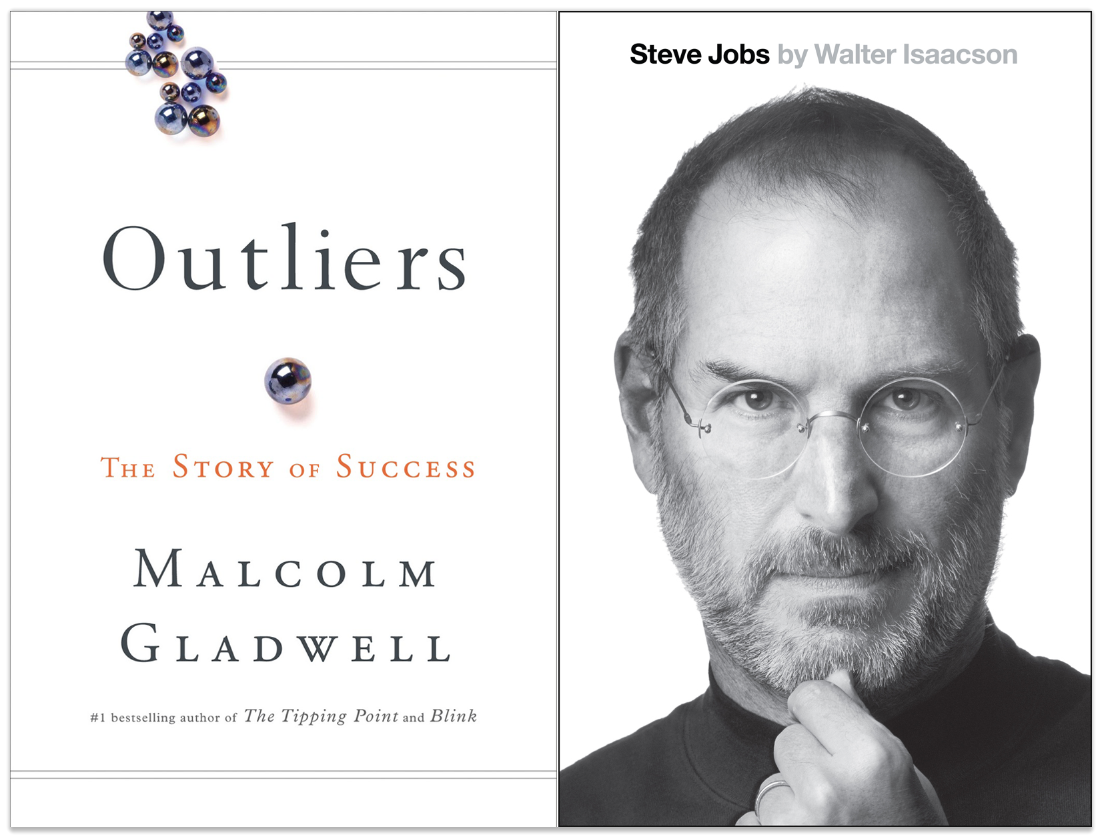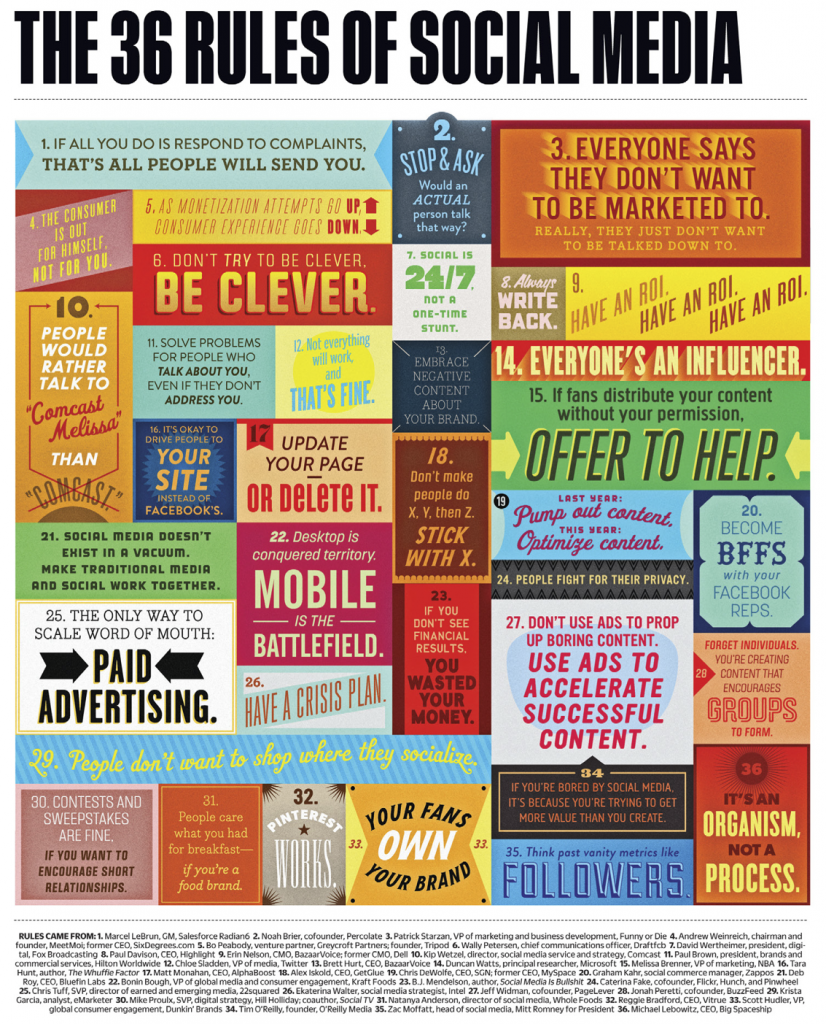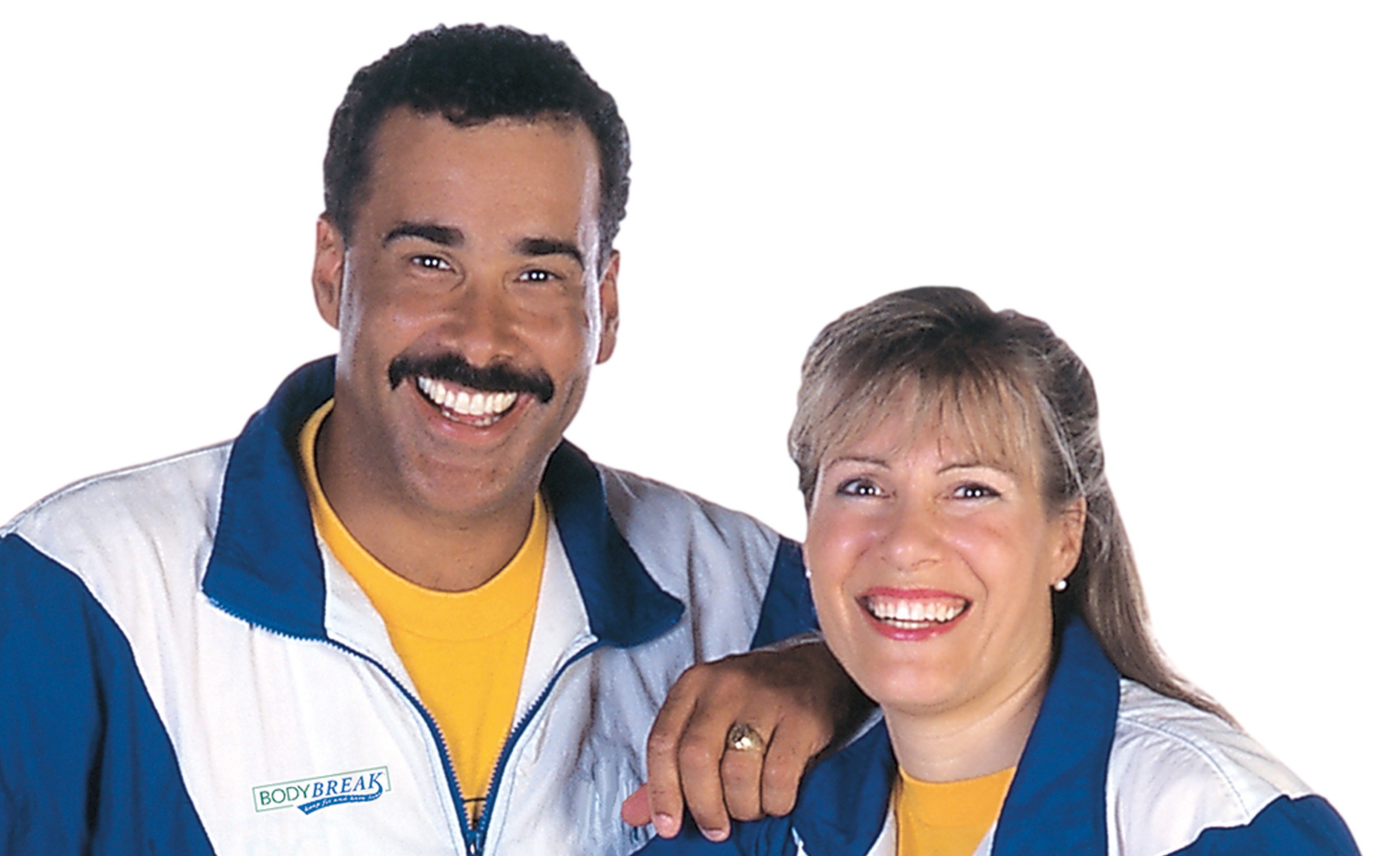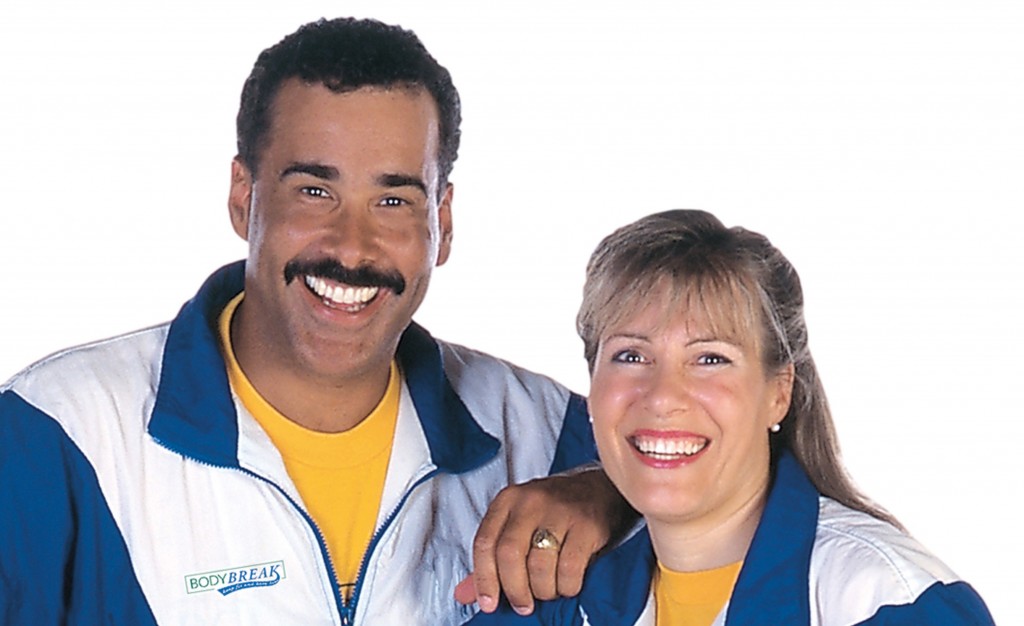5 PR Lessons From The iPhone 5 Unveiling

Apple owns the press event, and today’s new iPhone unveiling was no exception.
In front of a crowd of reporters and Apple enthusiasts, Apple CEO Tim Cook and marketing chief Phil Schiller revealed the faster, lighter, thinner iPhone 5.
“It is an absolute jewel—the most beautiful product we’ve made, bar none,” Schiller said as the new device rose from the stage mounted on a pedestal.
The announcement sparked an explosion of activity on Twitter. During the event, which ran from 1 p.m. to 2 p.m. ET, Twitter mentions about the iPhone 5 surged to more than 180,000, according toSocialBakers. In the hour leading up to the event, mentions topped 150,000.
Besides selling a wildly popular product, here are five things marketing and PR pros can learn from today’s event:
1. Make sure your executives are well trained—even if the product is killer. When Apple released the iPhone 4S, reactions were tempered, in part due to the newly anointed Tim Cook. This time around he was prepared and delivered a performance that impressed reporters. “Cook seems more confident and effusive in his speaking style,” Mashable’s Chris Taylor remarked during his live blog of the event. “Figure he’s been taking lessons.” The New York Times added: “Mr. Cook, normally Mr. Nice Guy, is being funny and sarcastic.”
2. Numbers remain powerful. Facts, not platitudes speak volumes—just ask Cook. Early in the presentation, Cook highlighted the impressive sales figures for the iPad and Mac computers. Among the numbers: 17 million iPads sold last quarter, making a total of 84 million iPads sold through June 2012; the iPad’s market share is 68 percent, a boost from 62 percent one year ago; and more than 90 percent of Web traffic from tablets comes from iPads. The last statistic sparked this quip from Cook: “I don’t know what these other tablets are doing. They must be in warehouses, or store shelves, or maybe in someone’s bottom drawer.” The audience reportedly roared with laughter.
3. Pay attention to sound bites. Schiller’s “most beautiful product” remark will be echoed throughout the media this week, as will Cook’s statement early in the event that “We are in a post-PC world.”
4. Show, don’t tell. The iPhone 5’s front facing camera is getting an upgrade. Instead of simply telling the audience about it, Schiller showed off a variety of pictures snapped using the new device. Several media outlets covering the event swooned over the camera technology—which you wouldn’t get that by simply saying: “And it’s got a 28 megapixels.” (Unless, maybe Ashton Kutcher is saying it.)
5. Maintain realistic expectations. Apple’s stock soared in the lead-up to the event, but traded lower in the wake of the announcement—despite the hype and social media frenzy. That’s nothing new in terms of Apple’s product unveiling, according to a tweet from Rebecca Jarvis, co-host of CBS’s “This Morning.”
Preorders for the iPhone 5 begin Friday. The pricing is the same as the iPhone 4S.
This article was written by Michael Sebastian and originally appeared on PRdaily.
Image via Macstories
Fall 2012 Reading List: Books The Professionals Recommend
One of the benefits of working in an innovative and diverse corporate office is the opportunity to grab great reading recommendations from my co-workers. I’m always on the prowl for great new material that can broaden my scope in business, strategy and self-discovery. I’m currently pouring through the Steve Jobs bio written by Walter Isaacson – a book I won’t think twice about recommending. There’s so much I hadn’t known about Jobs (right down to his surprising drug abuse), and find his self-made man story to be absolutely fascinating.
Knowing that I’ll soon be done the Jobs bio, I wanted to make sure I had a few other reads lined up. Lucky for me, after sending out an email to some of my closest colleagues, I now have a huge list of books I intend to read this fall/winter. Here’s a few that came my way:

Outliers by Malcolm Gladwell
In this stunning investigation of success, Malcolm Gladwell takes us on a journey through the world of “outliers”-the best, brightest, and most famous-asking the question: what makes high-achievers different? Gladwell argues that in order to solve this riddle we must focus on the contributing elements around the successful-their culture, their family, their generation, and the idiosyncratic experiences of their upbringing. Along the way, he explains what the Beatles and Bill Gates share in common, the reason you’ve never heard of the smartest man in the world, why almost no star hockey players are born in the fall, and why Columbian and South Korean airplane pilots are more likely to crash.
The Tipping Point by Malcolm Gladwell
The tipping point is that magic moment when an idea, trend, or social behavior crosses a threshold, tips, and spreads like wildfire. Just as a single sick person can start an epidemic of the flu, so too can a small but precisely targeted push cause a fashion trend, the popularity of a new product, or a drop in the crime rate. This widely acclaimed bestseller, in which Malcolm Gladwell explores and brilliantly illuminates the tipping point phenomenon, is already changing the way people throughout the world think about selling products and disseminating ideas.
Are You Smart Enough To Work At Google? by William Poundstone
This book guides readers through the surprising solutions to dozens of the most challenging interview questions. The book covers the importance of creative thinking, ways to get a leg up on the competition, what your Facebook page says about you, and much more. ARE YOU SMART ENOUGH TO WORK AT GOOGLE? is a must read for anyone who wants to succeed in today’s job market.
The 7 Habits Of Highly Effective People by Stephen R. Covey
In The 7 Habits of Highly Effective People, author Stephen R. Covey presents a holistic, integrated, principle-centered approach for solving personal and professional problems. With penetrating insights and pointed anecdotes, Covey reveals a step-by-step pathway for living with fairness, integrity, service, and human dignity — principles that give us the security to adapt to change and the wisdom and power to take advantage of the opportunities that change creates.
How To Win Friends and Influence People by Dale Carnegie
For more than sixty years the rock-solid, time-tested advice in this book has carried thousands of now famous people up the ladder of success in their business and personal lives.
Drive: The Surprising Truth About What Motivates Us by Daniel H. Pink
Drawing on four decades of scientific research on human motivation, Pink exposes the mismatch between what science knows and what business does—and how that affects every aspect of life. He examines the three elements of true motivation—autonomy, mastery, and purpose-and offers smart and surprising techniques for putting these into action in a unique book that will change how we think and transform how we live.
Descriptions courtesy of Amazon.ca. Special thanks to Bhumika Kapadia, Seema Lakhani, Jonathan Naymark, and Katie Hinks for the recommendations.
How about you? Are there any books you’ll be reading over the fall/winter season? Share them in the comments!
Film Friday: Taylor Mali Poem
We speak too often with questions at the end of our sentences. The declaration and conviction of our opinions and outlooks have somehow become muddled in new speech patterns that don’t convey that we mean what we’re saying. This is precisely what Taylor Mali addresses in his powerful poem that’s been assembled visually while he recites. Definitely take a moment to watch this video (with sound) to hear some valid and interesting commentary on the way we communicate today.
What are your thoughts? Do you agree?












